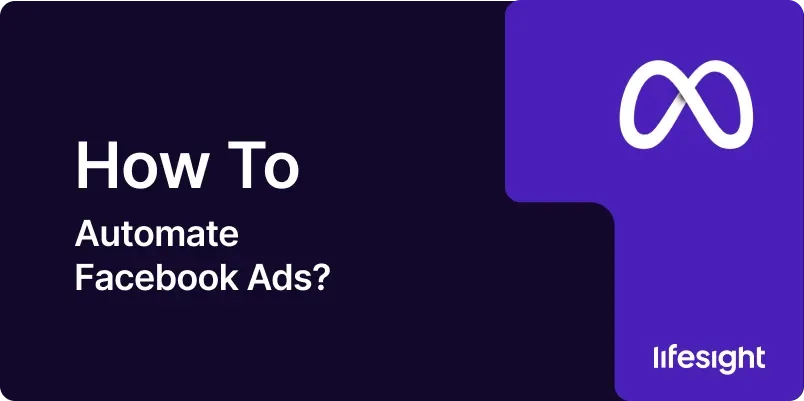
Introduction
Automating Facebook Ads is a powerful strategy for streamlining campaign management, improving efficiency, and maximizing results. By leveraging automation tools and techniques, advertisers can save time, reduce manual tasks, and optimize ad performance at scale. In this comprehensive guide, we’ll walk through the step-by-step process of automating Facebook Ads, empowering you to automate routine tasks, implement advanced strategies, and achieve your advertising objectives with greater ease and effectiveness.
Step 1: Understand Automation Options
Begin by familiarizing yourself with the various automation options available for Facebook Ads. Facebook offers built-in automation features within Ads Manager, while third-party tools and platforms provide additional capabilities for advanced automation and optimization.
Step 2: Set Clear Objectives
Define your advertising objectives and goals to guide your automation strategy. Whether it’s increasing website traffic, generating leads, or driving sales, having clear objectives will help you determine which automation tactics align best with your business goals.
Step 3: Choose Automation Tools
Explore the range of automation tools and platforms available for Facebook Ads. Consider factors such as budget, features, integration capabilities, and scalability when choosing the right automation solution for your needs.
Step 4: Automate Routine Tasks
Identify repetitive tasks in your Facebook Ads management workflow that can be automated. Common tasks include ad scheduling, budget optimization, bid adjustments, audience targeting, and ad creative rotation. Use Facebook’s built-in automation features or third-party tools to automate these tasks and free up time for strategic planning and analysis.
Step 5: Implement Rule-Based Automation
Utilize rule-based automation to set up predefined conditions and actions based on specific performance metrics. For example, you can create rules to automatically increase ad spend when cost per acquisition (CPA) is below a certain threshold or pause underperforming ads based on click-through rate (CTR) performance.
Step 6: Explore Machine Learning and AI
Leverage machine learning and artificial intelligence (AI) algorithms to optimize ad performance and targeting dynamically. Platforms like Facebook’s Automated Ads and Smart Bidding use advanced algorithms to automatically adjust bidding strategies, target audiences, and ad placements based on real-time data and performance signals.
Step 7: Test and Refine Automation Strategies
Continuously test and refine your automation strategies to ensure they align with your objectives and deliver desired results. Monitor performance metrics closely and make adjustments as needed to optimize automation settings and improve campaign performance over time.
Step 8: Integrate with CRM and Analytics Platforms
Integrate your Facebook Ads automation tools with customer relationship management (CRM) and analytics platforms to streamline data management and reporting. This allows for seamless data sharing, centralized campaign tracking, and deeper insights into ad performance and customer behavior.
Step 9: Stay Updated with New Features
Stay informed about the latest features and updates in Facebook Ads automation to take advantage of new tools and capabilities. Facebook regularly introduces enhancements to its advertising platform, offering new automation options and optimization strategies to help advertisers achieve their goals more effectively.
Step 10: Monitor and Analyze Results
Regularly monitor the performance of your automated Facebook Ads campaigns and analyze results to evaluate effectiveness and identify areas for improvement. Track key metrics such as return on ad spend (ROAS), cost per acquisition (CPA), conversion rate, and ad engagement to measure the impact of automation on campaign performance.
Step 11: Adjust Strategies as Needed
Based on performance insights and analysis, adjust your automation strategies as needed to optimize results and align with evolving business objectives. Be flexible and proactive in making changes to your automation settings to stay ahead of the curve and maximize advertising ROI.
Summary
Automating Facebook Ads offers numerous benefits for advertisers, including increased efficiency, improved targeting accuracy, and better campaign performance. By following these step-by-step guidelines and leveraging automation tools effectively, advertisers can streamline their ad management process, optimize campaign performance, and achieve their advertising objectives with greater ease and efficiency.
Free essential resources for success
Discover more from Lifesight















